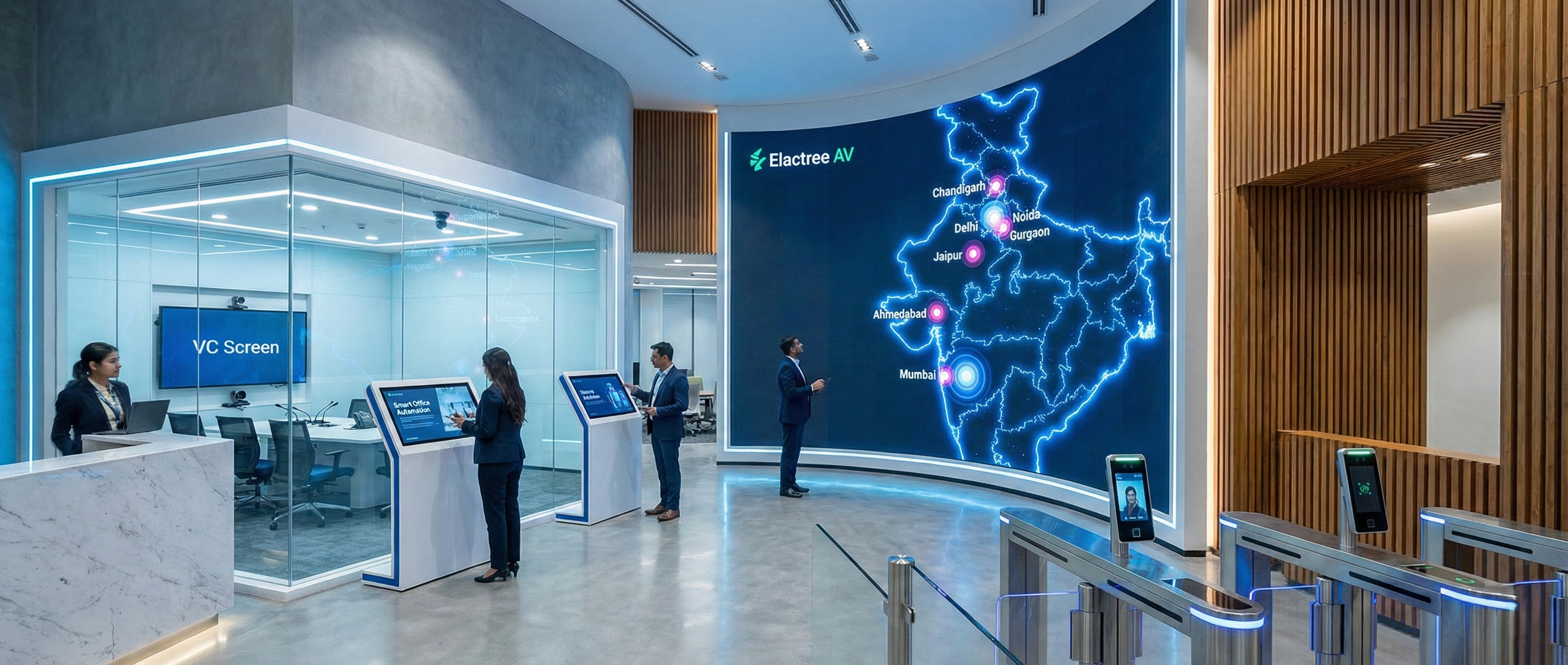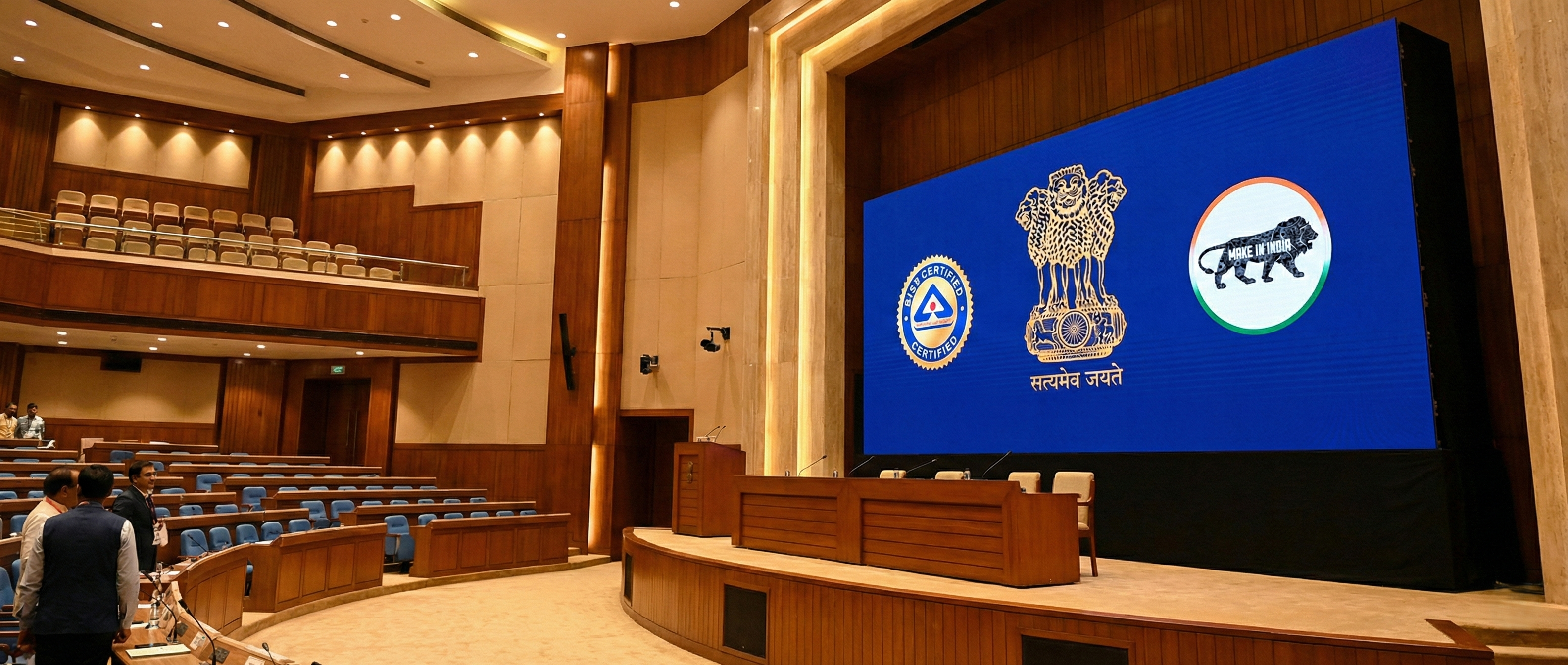In a country as diverse as India, where over 19,500 languages or dialects are spoken, communication is deeply intertwined with culture and identity. While the conversation around mental health has gained significant momentum, a major barrier to seeking help remains: language. The majority of mental health resources, including popular global and even some national apps, are primarily in English. This creates a significant gap, leaving millions of people who are more comfortable in their mother tongue without accessible support. The need for culturally relevant and linguistically inclusive solutions is more critical than ever, especially as mental and behavioral disorders affect a significant portion of the Indian population.
This is where the burgeoning trend of mental health apps in regional languages comes in. These innovative platforms are not just translating content; they are culturally adapting therapeutic tools, guided meditations, and counseling services to resonate with local sensibilities. From apps offering AI-powered chatbots in Hindi to those providing guided therapy in Tamil or Bengali, the digital ecosystem is finally addressing a long-standing need. This blog post delves into this transformative trend, exploring the benefits, challenges, and future of emotional wellness apps designed specifically for India's diverse linguistic landscape.
1. Bridging the Communication Gap: The Power of Regional Languages
The single most significant advantage of mental health apps in regional languages is their ability to bridge the communication gap. When dealing with complex and deeply personal emotions, articulating one's feelings in a non-native language can be a major hurdle. It can lead to miscommunication, feelings of inadequacy, and a reluctance to fully engage with the therapeutic process.
Why Language Matters in Therapy
Emotional Nuance: Emotions are often expressed through nuanced words and phrases that have no direct translation. For example, a word in Hindi like "अभिमान" (abhiman) or "संकोच" (sankoch) carries a cultural weight that a simple English word cannot capture. Using the user's native language allows for a more accurate and deeper expression of their feelings.
Cultural Context: Mental health challenges are often shaped by cultural and societal factors. An app that understands the context of a joint family, academic pressure in India, or societal expectations is more likely to provide relevant and effective support.
Reduced Stigma: For many, the idea of "therapy" can be intimidating and Westernized. An app that speaks their language and uses familiar cultural references can make the process feel more approachable and less alien, thereby helping to reduce the pervasive stigma around seeking mental health support.
The rise of regional language content, from entertainment to news, has already proven that India's digital future is multilingual. Mental health is following this trajectory, with apps now offering features in Hindi, Marathi, Bengali, Tamil, Telugu, and other languages. This inclusive approach ensures that the path to wellness is no longer limited by a user's proficiency in English.
2. Key Features of Leading Regional Mental Wellness Apps
The most successful mental health apps in regional languages are going beyond simple translation. They are innovating to provide a truly localized and personalized experience. Here are some of the key features that are setting them apart:
AI Chatbots in Local Languages: Apps like Wysa, which is globally recognized, are expanding their AI chatbot capabilities to include regional languages. Users can have a chat with a digital companion in Hindi, for example, to track their mood, practice CBT-based exercises, or simply vent without judgment.
Guided Meditations and Mindfulness Exercises: Meditation and mindfulness are powerful tools for emotional regulation. Apps are now offering a vast library of guided meditations, sleep stories, and breathing exercises narrated in regional languages. This helps users connect with the content on a deeper, more personal level.
Anonymous Peer Support Forums: Many apps are creating anonymous community forums where users can share their experiences and support each other in their native language. This safe space allows individuals to connect with others facing similar challenges, fostering a sense of belonging and reducing feelings of isolation.
Therapist Matching and Tele-Counseling: Some platforms are connecting users with licensed therapists and counselors who are fluent in their regional language. This is a game-changer, as it provides professional support that is both culturally sensitive and linguistically accessible. You can now schedule a video call with a counselor who understands your cultural background and can communicate with you in your mother tongue.
These features, when combined, create a holistic digital ecosystem for mental well-being that truly caters to the diverse needs of India's population.
3. The Market Opportunity and Challenges Ahead
The demand for localized mental health solutions is immense. According to a recent study by Grand View Research, the Indian mental health apps market is projected to reach over $1.4 billion by 2030, with a significant portion of this growth being driven by the shift towards regional content. This presents a massive opportunity for startups and established players alike.
However, the path is not without its challenges:
Content and Translation Accuracy: A simple Google Translate won't suffice. The translation of therapeutic concepts requires a deep understanding of psychology and cultural context to maintain accuracy and effectiveness.
Building Trust: In a field as sensitive as mental health, building user trust is paramount. Apps need to ensure data privacy, confidentiality, and the credibility of their content and professionals.
Monetization Models: Many users in India, especially from Tier 2 and Tier 3 cities, may be price-sensitive. Finding the right balance between a free model (with limited features) and a paid subscription that is affordable and provides value is a key challenge.
Regulatory Landscape: The regulatory landscape for digital health apps in India is still evolving. Ensuring that these apps adhere to ethical guidelines and provide safe, evidence-based interventions is a continuous process.
Despite these hurdles, the future looks bright. As smartphone penetration deepens in rural and semi-urban areas and more people become comfortable with digital solutions, the demand for emotional wellness apps in regional languages will only continue to grow.
4. Case Studies: Apps Leading the Regional Charge
Several apps are already making a significant impact by focusing on regional languages. While not all are exclusively in regional languages, their multilingual approach is a key part of their strategy.
Amaha (formerly InnerHour): Amaha has been a pioneer in this space, offering content in Hindi and other Indian languages. They provide personalized self-care plans, mood tracking tools, and access to a community, all in a culturally-sensitive manner.
Wysa: While a global player, Wysa has recognized the importance of the Indian market and is continuously expanding its language capabilities, particularly with its AI-powered chatbot, to cater to a wider audience.
YourDOST: This platform connects users with online counselors and emotional wellness coaches, many of whom are fluent in regional languages. This human-centric approach, combined with the convenience of an app, has made it a popular choice.
These examples illustrate that the market is ripe for innovation. By focusing on mental health apps in regional languages, these companies are not only building successful businesses but also contributing significantly to national mental well-being.
FAQs: Your Questions Answered on Regional Mental Health Apps
Q1: Are mental health apps in regional languages as effective as English ones?
Yes, and in some cases, they can be more effective. The effectiveness of a mental health app is not determined by its language but by the quality of its therapeutic content, the evidence-based principles it uses (like CBT or mindfulness), and the credibility of its professionals. For users who are more comfortable expressing themselves in their native language, a regional app can foster a deeper connection and understanding, leading to better outcomes.
Q2: What kind of services can I expect from these apps?
You can expect a wide range of services, including:
AI-powered chatbots for instant support and mood tracking.
Guided meditations and breathing exercises narrated in regional languages.
Journaling tools and self-assessment questionnaires.
Access to articles, videos, and podcasts on mental health topics.
Tele-counseling with licensed therapists who speak regional languages.
Q3: Is my data safe on these apps?
Data privacy and confidentiality are critical concerns for mental health apps. Reputable apps use encryption to protect your personal information and conversations. It's important to read the app's privacy policy before you sign up. Look for apps that clearly state how they handle your data and if they comply with local and international data protection regulations.
Q4: Are these apps a substitute for professional therapy?
No, mental health apps are generally not a substitute for professional, in-person therapy, especially for severe mental health conditions. They are powerful tools for self-care, prevention, and as an adjunct to professional treatment. For serious conditions, it is always recommended to consult a licensed mental health professional. The apps can, however, be an excellent first step for those who are hesitant to seek help.
Q5: How can I find a reliable mental health app in my language?
To find a reliable app, start by checking the app store for user reviews and ratings. Look for apps that have been recommended by credible organizations or mental health professionals. Check if the app mentions the qualifications of its counselors and if its content is based on evidence-based practices. A quick search for "top mental health apps in Hindi" or "best Bengali emotional wellness app" can also give you a starting point.
Conclusion: A New Era of Accessible Emotional Wellness
The shift towards mental health apps in regional languages is a significant and positive development in India's digital health landscape. It signifies a move towards a more inclusive, accessible, and culturally-sensitive approach to emotional wellness. By removing the language barrier, these apps are empowering millions to take charge of their mental health, find a supportive community, and access professional help in a way that feels natural and safe. This is not just a trend; it's the beginning of a revolution that will hopefully make mental health support as common and accepted as physical health care.
Take the first step towards better mental health today.
Download a mental health app in your native language and begin your journey to emotional wellness.
For a deeper dive into self-care, check out our article on Mindfulness and Meditation Techniques for Beginners.
Learn how to identify signs of stress and anxiety in our comprehensive Guide to Emotional Wellness.
External Authoritative References:
Grand View Research Report on India Mental Health Apps Market: [Source link]
National Mental Health Survey of India (NMHS) data: [Source link]
World Health Organization (WHO) reports on mental health in India: [Source link]





